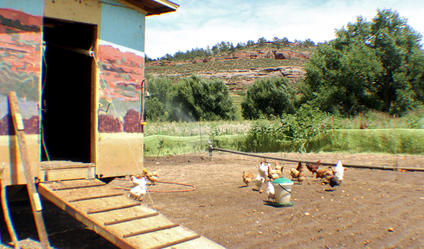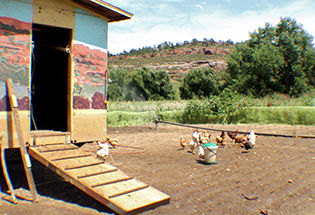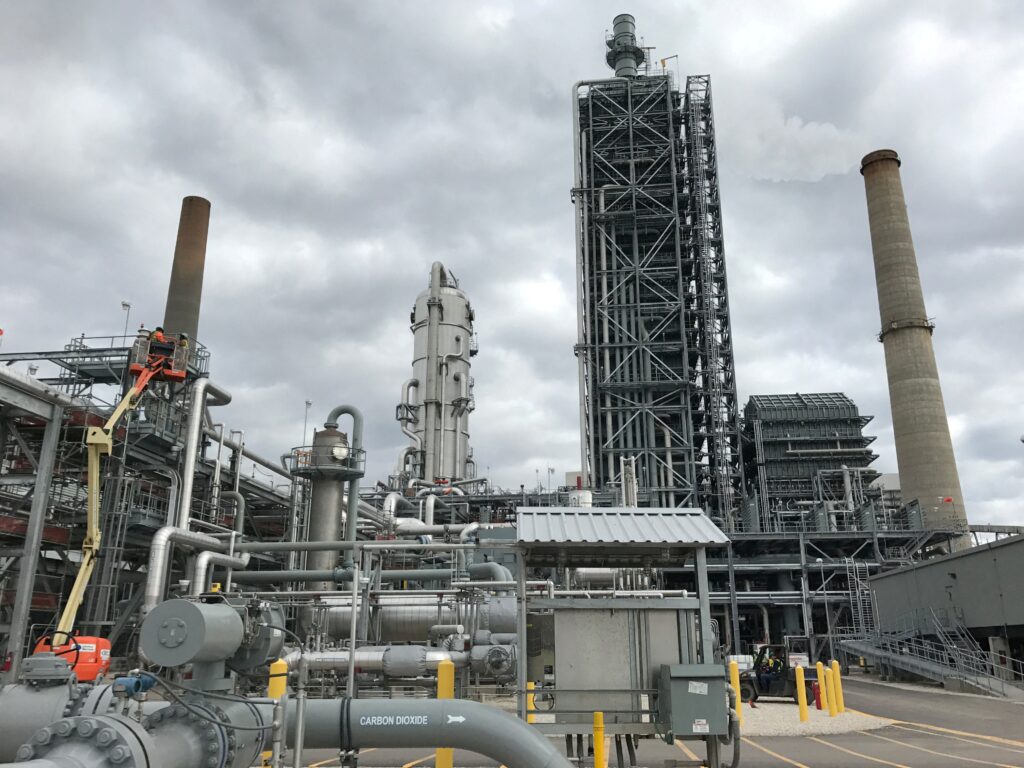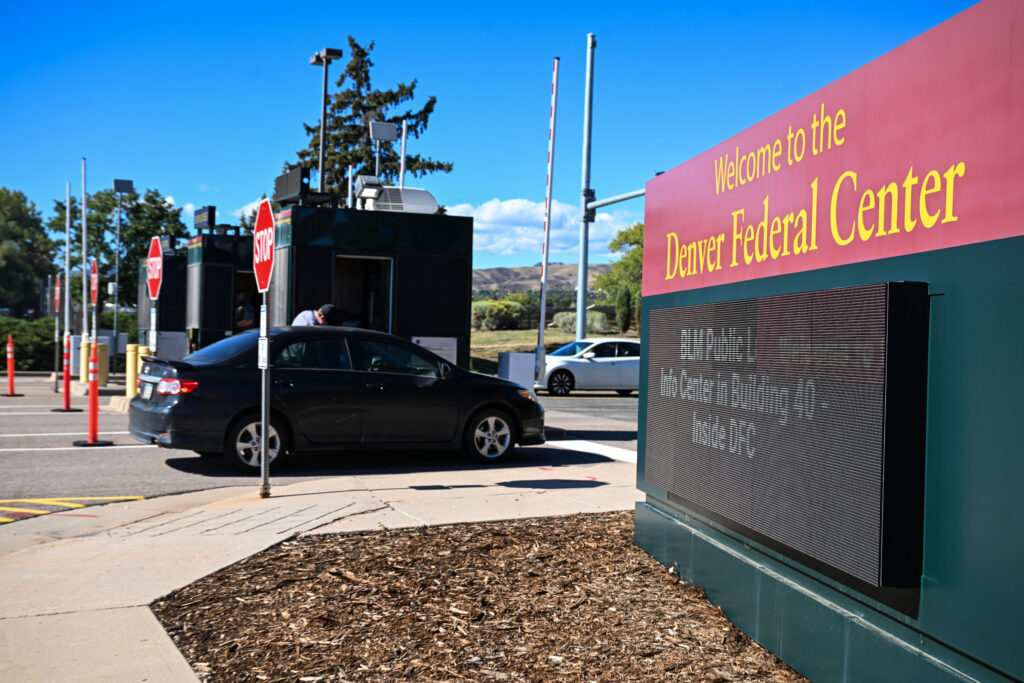Ranchers differ widely on antibiotics use in livestock

It’s a question with no clear answers and a controversy that brings out passions on both sides.
The extent to which the use of antimicrobial agents in livestock production affects antibiotic resistance in the human population is one that has plagued researchers and the agriculture community for years.
There are those who argue using antibiotics in livestock is necessary to produce a wholesome product that will be accepted by consumers. Others make the argument that antimicrobials are not only unnecessary but are actually harming people. Both sides say they have science backing on their side.
In June, environmental activist group Food & Water Watch asked U.S. Sen. Michael Bennet to support the 2015 version of the Preventing Antibiotic Resistance Act. The bill, which would require the Food and Drug Administration to withdraw its approval of the use of “medically important antibiotics” that are used for disease prevention or to promote growth in livestock, was originally introduced in 2013 but died in Congress. It has not made any progress through the process this year either.

Even without PARA, the federal government – including the FDA, the Centers for Disease Control and Prevention and the U.S. Department of Agriculture – monitors antibiotic use and resistance, and the FDA has enacted guidelines that limit the agricultural use of antibiotics.
The three agencies jointly fund the National Antibiotics Resistance Monitoring System, which tracks the antibiotic resistance of foodborne and other intestinal bacteria.
Researchers across the country, including Colorado State University Professor Paul Morley, are working to better understand how antimicrobials should be used in animals and how their use affects resistance.
“This is an incredibly complex issue,” Morley told The Colorado Statesman. “It’s hard for a lot of people to have an understanding. It is very difficult for scientists to fully understand.”
There are varying reasons for producers to administer antimicrobials to their livestock including disease prevention and treatment as well as to increase growth and the efficiency of feed, he said.
Researchers found soon after the discovery of antibiotics that a low dose of the drugs would allow for animals to grow larger using the same amount of feed, Morley noted. To this day, however, researchers don’t know why the effect occurs. And not all the drugs used for this purpose have a use in human medicine.
Morley’s research is limited mainly to beef cattle and it indicates that there are some uses and some drugs that have more of an impact on resistance than others.
“Overall, saying that all uses in animals are detrimental would be incorrect,” he said. “The problem with legislative efforts that have been made is they have a sweeping effect that would affect the welfare of animals in a negative way.”

While researchers continue their work, politicians and activists argue, and agencies make their rules, those working in agriculture keep raising their livestock using the practices they believe in.
The philosophies behind those beliefs can diverge dramatically – from Dr. Del Miles, a Colorado veterinarian who runs a practice that consults with feedlots in seven states, to Michael Costello, director of operations at Sunrise Ranch, where antibiotics are never used.
“It’s more about building health. Health is better than fighting disease,” Costello told The Statesman. “So what that means, we don’t use artificial fertilizers, we have no artificial pesticides, no artificial herbicides, no added hormones, no antibiotics and no animal byproducts. So that meat – USDA organic standards, we actually go beyond that, we have our own phrase, we actually call it ‘beyond organic.’ “
“We provide [the animals] fresh water, a well-balanced ration, plenty of space and good care,” Miles said. “These people live with their animals, they work with them everyday, they do not want them to get sick. They are not going to do things that cause them to get sick.”
The Sunrise Ranch, located just west of Loveland, works to build the soil and ecosystem health while producing grass-fed beef and sheep and pasture-fed chickens. Costello said ranch employees actually view themselves as grass farmers more than cattle ranchers, because they’re in the business of maintaining grass and soil.
“In fact, the animals are actually helping us do that by our practice of intensive mob grazing,” he said. “So we have them in tight paddocks and we move them every day. They’re pooping and pissing on the ground and their hoof action is turning up the soil, and it’s mimicking natural behavior. And somehow they have a natural, built-in monitor if you will, they know not to overgraze.”
Miles works with producers who use large feedlots housing thousands of head of cattle to produce commercial beef. He and the other veterinarians in his practice, Veterinary Research and Consulting Services, design the incoming health programs, train the crews to execute the plan and train pen-riders to check for sick cattle and to treat the sick. They also monitor all of the animal-care programs.
“A big part of our world is animal welfare, making sure that we treat animals humanely as they serve their purpose and make certain as best we can that nothing adulterated gets into the food channels,” he said. “We obviously individually treat sick animals, because we take an oath when we get out of vet school to do that, to take care of them as best we can.”
Costello claims his ranch doesn’t use antibiotics even when animals get sick, preferring to treat illness naturally.
“We take that to the human level as well,” he said. “Antibiotics are not a good thing to have in human systems. People can create resistances.”
Food & Water Watch, in a June press release, argued that antibiotics “are not meant to be used preventively. Yet, 80 percent of all antibiotics sold in the United States – the same drugs used to treat bacterial infections in people – are administered improperly to otherwise healthy farm animals in an attempt (to) prevent the spread of diseases exacerbated by overcrowded and unsanitary living conditions. By giving animals low daily doses of antibiotics, factory farm operators create the ideal conditions for ‘superbugs’ – bacteria that gradually build a resistance to antibiotics due to routine exposure.”
Miles couldn’t disagree more with that assessment.
“None of us want the animals to get sick,” he said. “The thing they don’t understand, or don’t want to acknowledge, whatever those groups are, is that animals get sick out in the wild, out in pasture. So it’s not just because we put them in confinement. We put them in confinement because we reduce the gases that we produce. It’s largely more efficient. And we produce a product that is wholesome for the consumer and it is accepted in tenderness and flavor. There is not enough pasture in the U.S. to run enough cattle to meet the demand of the consumers.”
He said there are several issues that tend to get ignored in the debate. First, NARMS has found in its most recent reports that resistant organisms were greater at the retail counter than at the packing plant or the location where the animals were slaughtered.
“In my opinion, the only explanation is you have people who take antibiotics that have developed resistant organisms handling the meat and contaminating it with resistant organisms,” Miles said. “There’s no other way you can have an increase from the time of slaughter to the retail counter.”
He said another thing that’s often overlooked is the fact that heat kills bacteria, and dead bacteria cannot transfer resistance.
“Most all the meat we consume is cooked,” he said. “Not true with vegetables, not true with some seafood, not true with fruit, but it is true with meat.”
In the grain-fed cattle industry, he said, there are around 22 million cows killed every year for food, and a large sample are tested for residue from antibiotics. A very small portion of those tested come back positive, and those never actually reach the food supply.
“Seafood is not inspected that way, vegetables aren’t inspected that way, fruit is not inspected that way. Meat is and should be,” he said.
FDA rules limit the types of antibiotics that can be used in livestock and establish how long a withdrawal period has to be observed before an animal can be slaughtered. Many of the antibiotics approved for use to increase animal growth aren’t used in human medicine. Recent FDA rule changes, scheduled to go into effect in December 2016, call for the voluntary withdrawal of all drugs sold solely for livestock efficiency if those drugs also have medical purposes.
NARMS documents support limiting the use of medically important antibiotics in livestock but not banning the use of all antibiotics in animals.
“Antibiotics are valuable tools for reducing animal disease and suffering,” the most recent report states. “But decisions about what antibiotics to use and how to use them must be made with consideration of their potential impact on human health.”
Costello said Sunrise Ranch’s grass-fed beef is popular, typically selling out quickly through online sales. The ranch keeps a small herd relative to what can be supported on commercial feedlots, between 60 and 70 head on its 375 acres.
“These people who are driving for us to discontinue these practices are promoting world hunger,” Miles countered. “And I think that’s truly sad. I think it’s sad, truly sad, that they have no care, apparently, for mankind. They use these issues to try to drive us to practices that we’re pretty sure won’t work.”
– rachel@coloradostatesman.com














